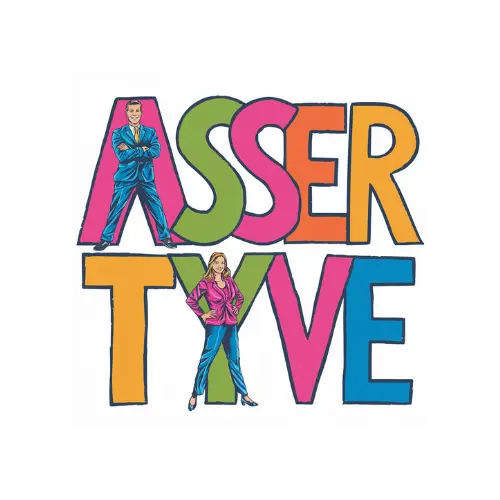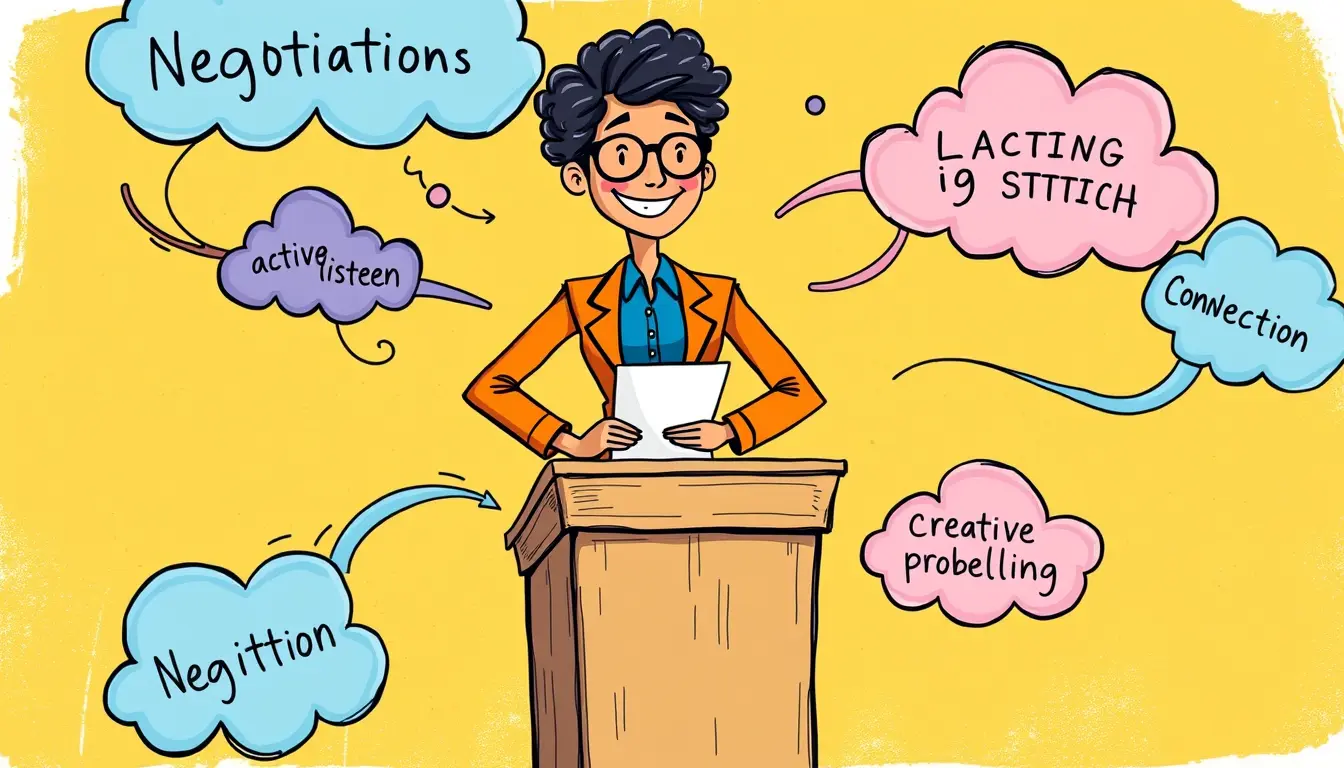Negotiation is a crucial skill in various aspects of life, from business deals to personal relationships. Effective negotiation tactics can help you achieve your goals, build trust, and foster long-term relationships. In this article, we’ll delve into negotiation tactics examples, providing you with a comprehensive guide to improve your negotiation skills.
Understanding the Basics of Negotiation
Before we dive into negotiation tactics examples, it’s essential to understand the basics of negotiation. Negotiation is a communication process between two or more parties with the aim of reaching a mutually beneficial agreement. It involves exchanging information, making concessions, and finding creative solutions to satisfy both parties’ interests.
In any negotiation, there are three key elements to consider:
-
Interests: The underlying needs, desires, and concerns of each party.
-
Positions: The specific demands or offers made by each party.
-
Options: The possible solutions or alternatives available to both parties.
Understanding these elements is crucial in developing effective negotiation tactics.
Separating the People from the Problem
One of the most significant negotiation tactics examples is separating the people from the problem. This approach, developed by Roger Fisher and William Ury, emphasizes the importance of distinguishing between the issue at hand and the individuals involved.
When you separate the people from the problem, you:
-
Avoid taking things personally
-
Focus on the issue, not the person
-
Build trust and rapport with the other party
-
Create a more constructive and collaborative negotiation environment
For instance, in a business negotiation, instead of saying, “You’re being unreasonable,” say, “I understand your concerns, but I think we can find a better solution.” This approach helps to depersonalize the negotiation and promotes a more productive conversation.
Using Open-Ended Questions
Open-ended questions are a powerful negotiation tactic that can help you gather valuable information, build trust, and create a collaborative atmosphere. These questions encourage the other party to share their thoughts, feelings, and concerns, providing you with insight into their interests and needs.
Examples of open-ended questions include:
-
What do you think is the most critical aspect of this deal?
-
How do you envision our partnership working?
-
What are your biggest concerns about this agreement?
By asking open-ended questions, you demonstrate your interest in the other party’s perspective, which can help to build trust and foster a more collaborative negotiation environment.
Making Anchors and Counter-Anchors
Anchors and counter-anchors are negotiation tactics examples that involve setting a reference point for the negotiation. An anchor is an initial offer or demand that sets the tone for the negotiation, while a counter-anchor is a response to the anchor that adjusts the negotiation’s trajectory.
For instance, in a salary negotiation, you might make an anchor by saying, “Based on my research, I believe my salary should be around $80,000.” The employer might respond with a counter-anchor, such as, “We were thinking more along the lines of $65,000.” This exchange sets the stage for further negotiation, allowing both parties to find a mutually acceptable solution.
Using Time to Your Advantage
Time can be a powerful negotiation tactic. By using time to your advantage, you can create a sense of urgency, encourage concessions, and gain a strategic advantage.
For example, you might say, “I need to make a decision by the end of the week. Can you provide me with a revised offer by then?” This creates a sense of urgency, encouraging the other party to make concessions to meet the deadline.
Handling Objections and Concessions
Objections and concessions are an inevitable part of any negotiation. Effective negotiation tactics examples include:
-
Acknowledge and validate: Recognize the other party’s concerns and validate their feelings.
-
Ask questions: Clarify the objections and seek additional information.
-
Offer alternatives: Provide creative solutions that address the objections.
-
Make concessions: Be willing to compromise and make concessions to reach a mutually beneficial agreement.
For instance, in a sales negotiation, the customer might object to the price. You could respond by acknowledging their concern, asking questions about their budget, and offering alternative solutions, such as a discount or a bundle deal.
Using Nonverbal Communication
Nonverbal communication plays a significant role in negotiation. Your body language, tone of voice, and facial expressions can convey confidence, build trust, and influence the negotiation’s outcome.
Examples of effective nonverbal communication include:
-
Maintaining eye contact to show confidence and sincerity
-
Using open and relaxed body language to create a welcoming atmosphere
-
Smiling to build rapport and trust
-
Using a calm and professional tone of voice to convey authority
FAQ
What is the most effective negotiation tactic?
There is no one-size-fits-all answer to this question. The most effective negotiation tactic depends on the situation, the parties involved, and the goals of the negotiation. However, separating the people from the problem, using open-ended questions, and making anchors and counter-anchors are often effective negotiation tactics.
Can negotiation tactics be used in personal relationships?
Yes, negotiation tactics can be used in personal relationships to improve communication, build trust, and resolve conflicts. By applying negotiation principles, such as active listening and creative problem-solving, you can strengthen your relationships and achieve better outcomes.
How can I improve my negotiation skills?
Improving your negotiation skills takes practice, patience, and persistence. Start by developing your self-awareness, learning about different negotiation styles, and practicing active listening. Seek feedback from others, and be open to learning from your mistakes.
Conclusion
Negotiation tactics examples provide a framework for improving your negotiation skills and achieving better outcomes. By understanding the basics of negotiation, separating the people from the problem, using open-ended questions, making anchors and counter-anchors, using time to your advantage, handling objections and concessions, and using nonverbal communication, you can become a more effective negotiator. Remember to stay flexible, be open to creative solutions, and always keep the interests of both parties in mind.




Leave a Reply